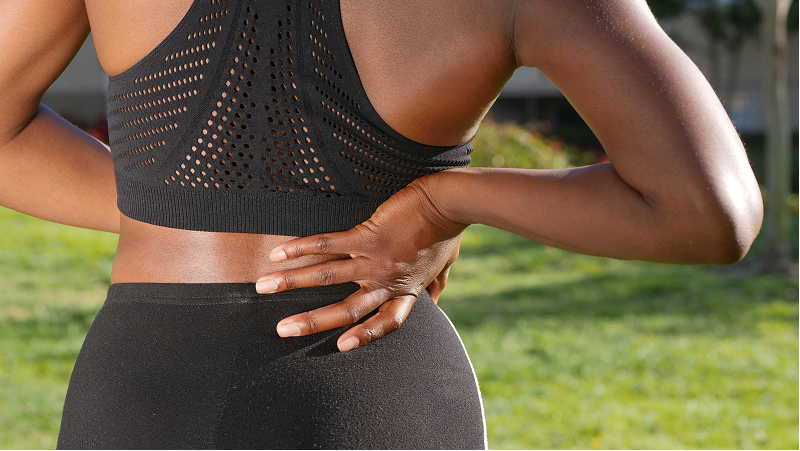Exercise is essential for heart health, strengthening bones and muscles, and maintaining mobility. However, for weight reduction, the most important factor is a healthy, calorie-restricted diet. Please refer to the diet chart for guidance.
Regular exercise is one of the best ways to stay healthy and independent as you grow older.
These exercises raise your heart rate, improve circulation, and are the foundation of good health.
Options: Walking (weight-bearing) , Cycling (non-weight-bearing) , Elliptical trainer (non-weight-bearing) , Swimming (non-weight-bearing)
How much?
For additional cardiovascular benefits, it is recommended to keep your exercise in Zone 2 – this is about 60–70% of your maximum heart rate (calculated as 220 minus your age).
In Zone 2, you should be able to talk but not sing during exercise.
Example: A 50-year-old person Zone 2 (60–70%) is about 102–119 beats per minute.
Avoid:
running, jumping, badminton, tennis, or other high-impact activities until pain subsides. Please stop exercise if pain develops – start slowly and increase gradually
Stronger muscles protect your joints and bones, maintain mobility, and reduce disease risk.
Arms:
Legs:
Core:
When you have joint problems or injuries, it’s best to structure your workouts so that you don’t overload the same muscles repeatedly. A simple and safe way is:
Avoid:
overhead lifts, pullovers, chin-ups, sideways arm lifts, leg extensions, bending, twisting, jumping, and running.

Contact us
© 2025 rheumatology
Design by PrideCC